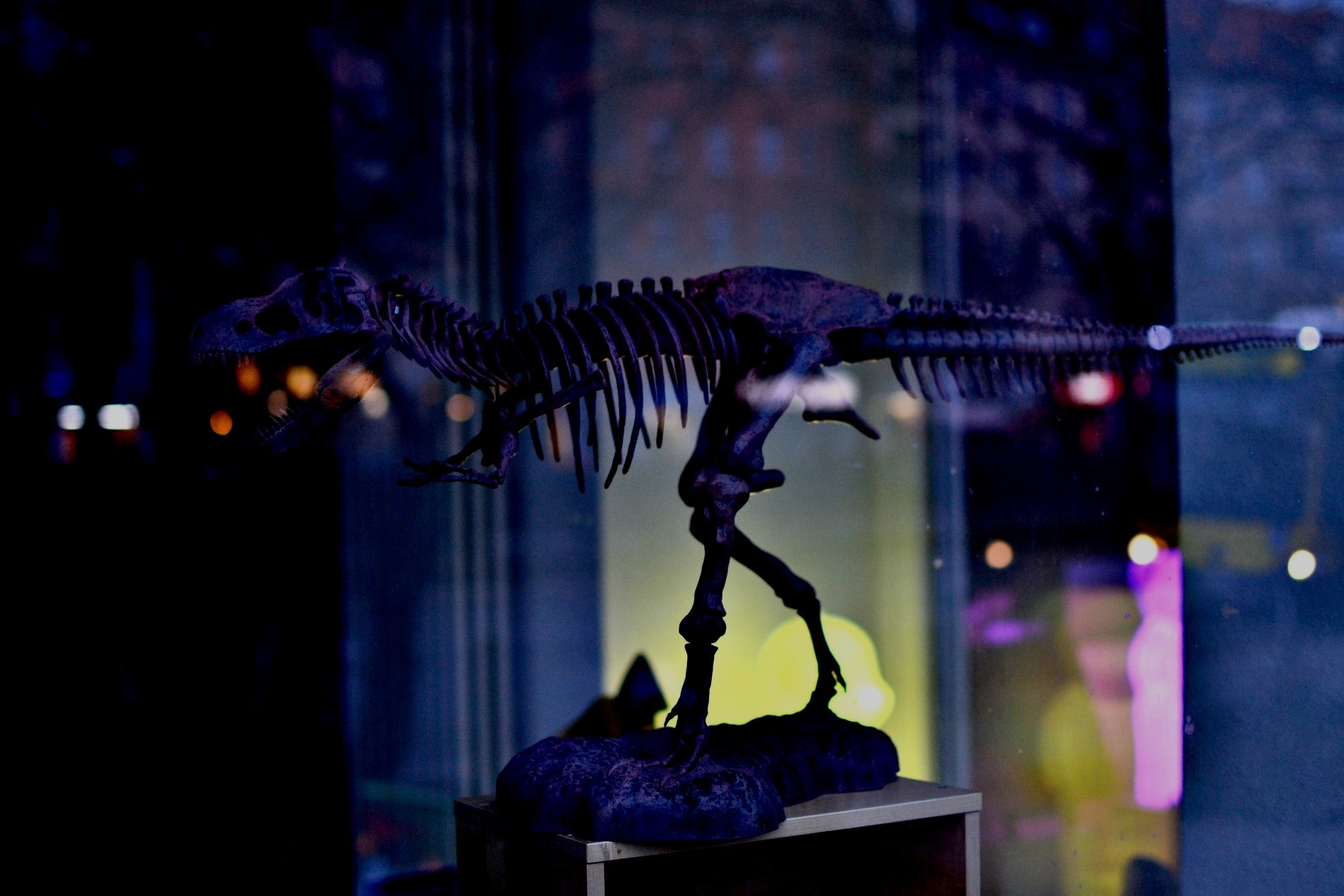Creating a new experience for the MSU museum
Team: 8 total members from design and business backgrounds.
My Role: Project Manager, Researcher, Designer

The Problem
During my time with the iOS design lab, the MSU museum approached us hoping we could Identify problems they were having with their visitor experience and design a solution.
This was a very open-ended problem that had been handed to us, so we felt our first task should be narrowing down what these issues were and learning more about the museum before we could start working on a solution.
Research
COVID-19 regulations restricted our access to traditional research methods, so we gained insight into the museum by sending a survey to museum staff. After analyzing their responses we found a common thread. People seemed to have difficulty with navigation. We also found a reoccurring desire for people to engage with the museum and learn from the experience.
Another source of insights for our team was the museum’s director of education. What we learned from our time with her was that most of the museum’s visitors were K-12 students who would only visit once, and that these were the visitors they wanted to focus on.
Brainstorming
The team believed that gamifying the experience would help with engagement among younger users, and the museum already had an existing scavenger hunt that they often used for this age group. Our initial idea was to digitize this hunt and implement QR codes to connect it to the physical museum as a way to keep visitors engaged and help direct people through the building.
After conferring with the director, we learned that there were two main problems with our approach. The QR codes didn’t seem to have any effect with kids in the past, and museum staff believed they lowered the appeal of the exhibits so there was a sense of unease about using them. This is why we decided to focus on AR instead of using the codes.
Testing
We had different ideas for how the scavenger hunt itself would work, so we decided to test them out to compare them. This was during the COVID-19 pandemic so we were unable to test on the scale we would like to have done. The best we could do at that time was to test in our own homes with people there who were similar in age to the target user.
We had three different scavenger hunts. One is based on clues, another on prizes, and a third is based on team roles. After testing all three, we learned that the roles were just too complicated to be enjoyable, and the prizes would either not be very motivating or prohibitively expensive. We chose the clue-based format because it was the only one where we could convince our younger test subjects to actually finish. We found that if the right amount of information was provided with the clues, then the hunt would hold people’s interest.

Iteration
We decided to try this out on the Hall of Habitats and Allosaurus skeleton exhibits. We came up with a story about Teddy the Allosaurus going through different habitats and looking for a new home where the user uses AR to find the different habitats. At each habitat, the user is given a clue that tells them a little about the habitat and the Allosaurus. Our hope is that this game would help teach people about the Exhibits as they played.
A video walkthrough of the latest version of our AR scavenger hunt.
Moving Forward
Our next steps in this project would hopefully be larger-scale user testing once the museum is open again. Ideally, we would be able to get this app into people's hands and we could track what exhibits they visit and for how long in order to see how long this scavenger hunt should take and whether or not our idea with the habitats is effective.



